If you envisaged Vilnius, the capital of Lithuania, to resemble a gritty outpost of Stalin’s long shadow, prepare to be surprised. I was! After being absorbed by the raw historic drama that seeps from the pores of Warsaw like tears of turmoil, my fellow travellers and I boarded our mobile home, a roomy luxury coach, for a romp through the countryside en-route to Lithuania. Insight Vacations’ Warsaw & the Baltic States guided holiday soon proved to be an eye-opening journey of immense discovery for me.
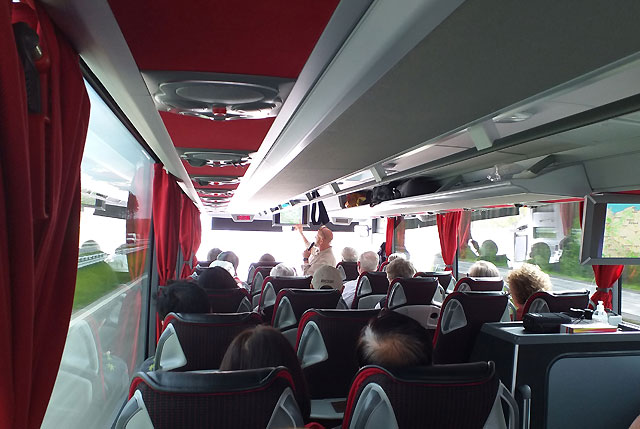
It had long been on the bucket-list to tick off the Baltics and this expertly crafted itinerary, with comforts galore, stitched the regional jewels together with style, aplomb and surprises aplenty. Lounging in recline on the super-comfy coach with trusty wifi, Insight Vacations are reputed to be the most indulgent in Europe, with 10 seats removed to provide added legroom. As a stickler against needless waste, I was most impressed to discover that the tour company had jettisoned single-use plastic bottles, opting for refillables instead. My 25 fellow guests from New Zealand, Australia, the United States and Singapore soon struck up a warm rapport, swapping tales and laughs all along the way.
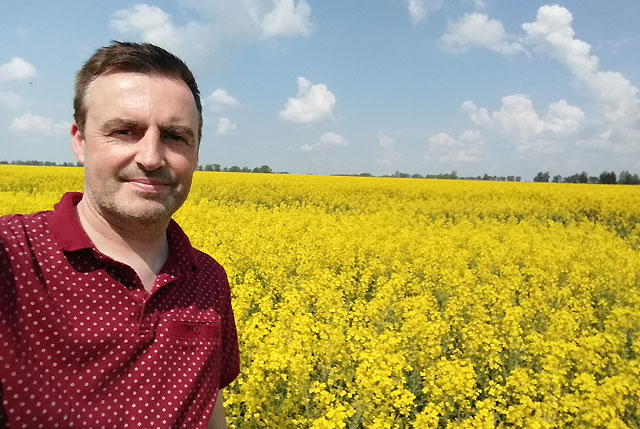
It’s another winning attribute of the Insight Vacations experience, their group sizes don’t exceed 40. As the gleaming new skyscrapers of contemporary Warsaw faded from view, our ebullient Australian travel director, Brad Dick, titillated us with a plethora of regional insights, as we breezed through the pancake-flat Polish countryside. The vast fields of canola, like a blazing carpet of yellow, looked virtually photo-shopped bathed in the spring sunshine of a bluebird May morning. Brad remarked that canola is a great post-winter cash crop, helping to regenerate the land. Poland is a powerhouse producer of rye, barley, potatoes and apples, as the expansive fields duly illustrated. In a country that is also heavily forested, I was intrigued to learn that the reason so many of their motorways are lined in poplar trees is because they help minimise underground damage and drain water from the roadside.
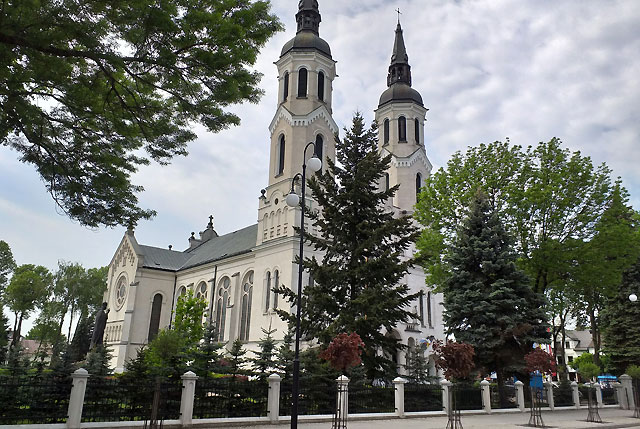
A lunch stop soon beckoned in the lovely, leafy resort town of Augustow, swooned over by Poles for the therapeutic spas. I was fascinated to learn that the wider lake-filled region of Masuria rubs shoulders with a pint-sized outpost of Russia, Kaliningrad. Brad informed us how the Allies gifted this little chunk of coastal land to Stalin after World War II, so that Russia had port access to the Baltic Sea where it doesn’t freeze over in winter. Sandwiched between Poland and Lithuania, before we knew it, we arrived in the venerable Lithuanian capital of Vilnius.
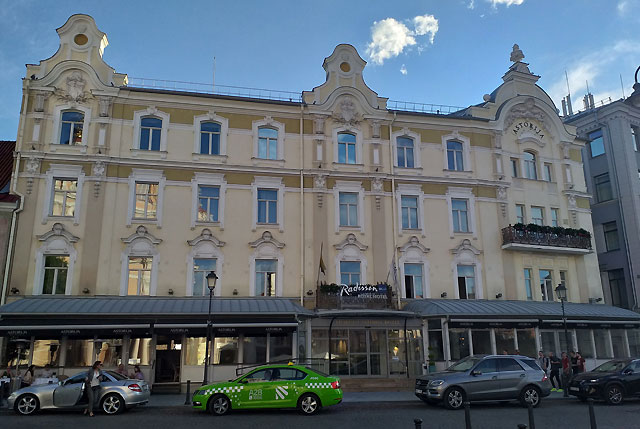
Insight Vacations takes great pride in hand-picking hotels that boast prime locations and brimming with comfort. Their Vilnius offering is a class-act, Radisson Blu Royal Astorija Hotel. Lording over the heart of the old town and loaded with character, this upscale Baroque-style hotel, circa 1901, features vintage décor, glorious frescoes and primo views. I swung back the doors on my Juliet balcony, drinking in the knock-out views of the Church of St. Casimir, directly across the road. It’s the city’s oldest Baroque church, with legend having it that 700 people rolled the cornerstone into place, in 1604. The stone can be still seen in the wall of the façade.

The church evokes many of the pockmarks of the city’s painful past. It was attacked by Napoleon’s army before being adapted as a Russian Orthodox church in 1868. The towers were topped with onion-shaped helmets. After WWII, the Soviets turned it into the Museum of Atheism before it was finally reinstated as a Catholic church in 1991.
We also ventured to St. Peter and St. Paul Church. Reputedly built on the site where pagans worshipped Milda, the goddess of love, this 1668 Baroque masterpiece is wedding-cake beautiful. The interior is even more ornate, with over 2,000 stucco statues of religious and mythological figures, like wedding-cake icing. Visited by Pope John Paul II, it is a revered house of worship, the pearl of Lithuanian Baroque.
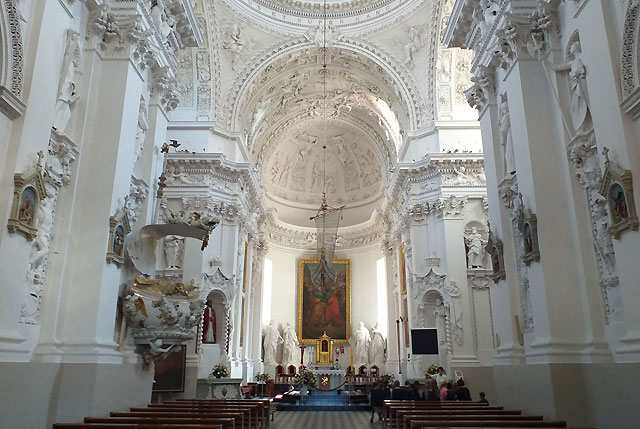
Our local guide in Vilnius, Amelia, was a straight-shooting and enthralling raconteur, with a ready wit. I revelled in her deep disdain for trendy and modern art installations, cropping up around the old town. “I hope it’s temporary,” she would frequently mutter, as we passed by another abstract metallic street installation. The old town’s architectural beauty belies its blood-stained backstory, in which 40% of the buildings were destroyed during WWII. Guiding us on a walking tour across the cobbles of the delightful old town, spilling with al fresco cafes and studded with Baroque confections, it’s an irresistible locale to stroll, absorb and immerse yourself in the stories of turmoil, drama and resilience.
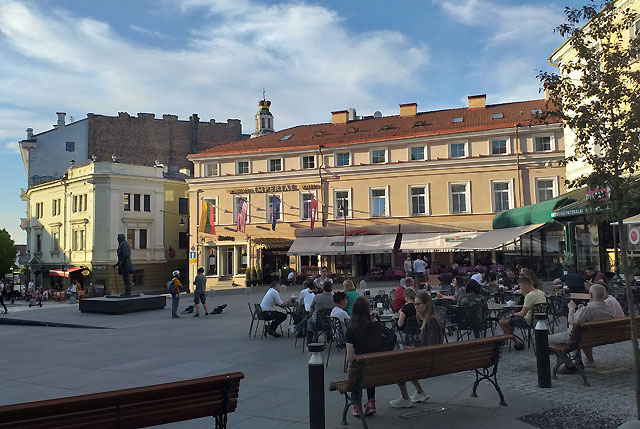
I was constantly seduced by the glinting yellows and oranges of the amber shops, liberally sprinkled throughout the old town. Nicknamed the gold of the North, the amber is sourced from the Baltic coastline, as resin from the fossilised pine. Most amber is 40-60 million years old. The oldest and most flamboyant Old Town thoroughfare is Pilies Street, which sits on what was the former main road to Vilnius Castle. The variety of architecture is astonishing, spanning Gothic, Renaissance and Baroque structures. A stirring landmark is the Gates of Dawn, the only surviving gate of the city wall, built over 500 years ago.
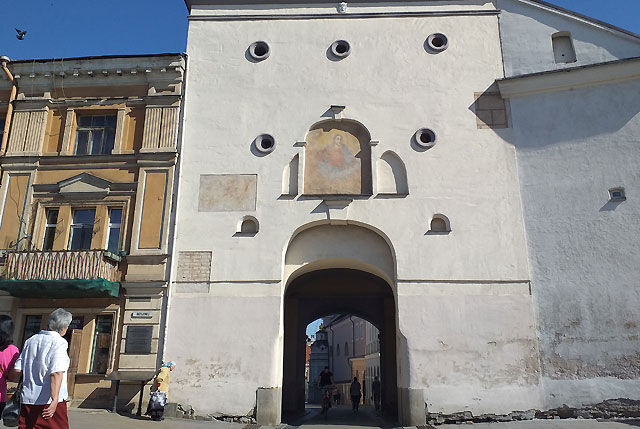
Also known as “Vilnius Madonna”, the 17th century Renaissance painting attracts a constant stream of pilgrims. Ever since the 1650s, it has been credited with miracle-working powers, hence why you’ll see believers praying in front of it as if their life depended on it. It possibly does!
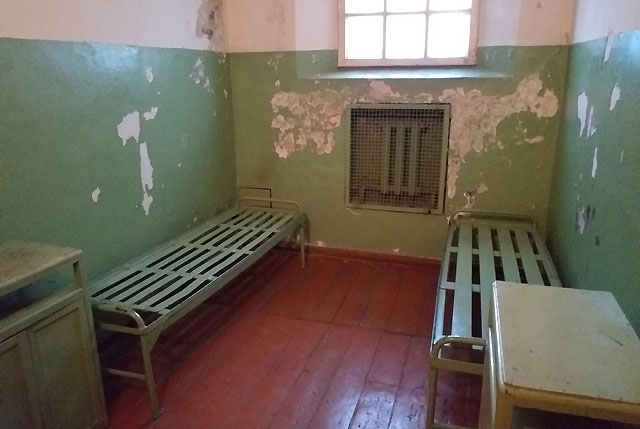
My most indelible Vilnius experience was to venture inside the old KGB Prison, now politely renamed as the Museum of Genocide Victims. There’s a stone-cold, melancholic even haunted atmosphere to this former gymnasium, which became the headquarters of the Gestapo during the Nazi occupation of Lithuania in 1941. When the Nazis left three years later, the Soviet Secret Police shifted in, and the KGB ruled the roost for nearly fifty years.
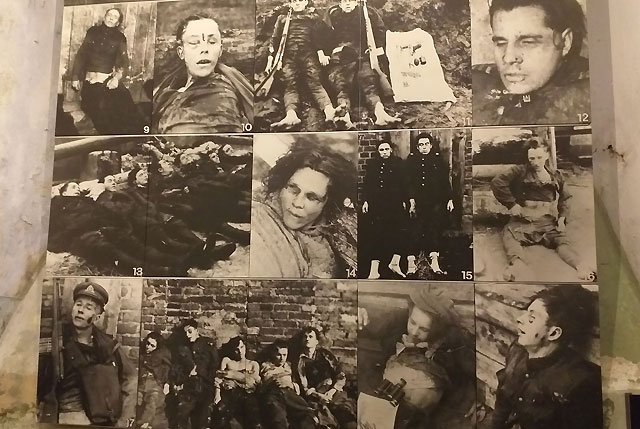
It feels frozen in time, because chillingly, the cells are exactly how the KGB officers left them upon fleeing Lithuania in 1991. The execution and torture chambers in the basement are particularly sobering. Bushes were planted outside the building, so as to disguise the fact that the lower floors had been converted into cells and death chambers. Over 1000 locals were executed here, while untold thousands of perceived trouble-makers were shipped off to Siberia.
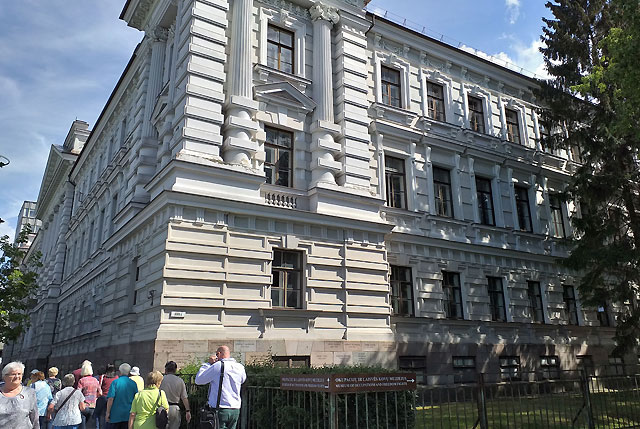
Amelia’s face turned ghostly white as she told us how she shockingly discovered her neighbour was a KGB officer, shortly after Lithuania unclenched itself from the Soviet fist. “He had always struck me as such a nice fellow,” she wistfully noted. To brighten the mood, there’s a gallery of some uplifting photos, illustrating the Baltic Way, a remarkable uprising of two million people, who linked hands in 1989, along the major highways of the Baltic States, to demand the peaceful restoration of national independence.
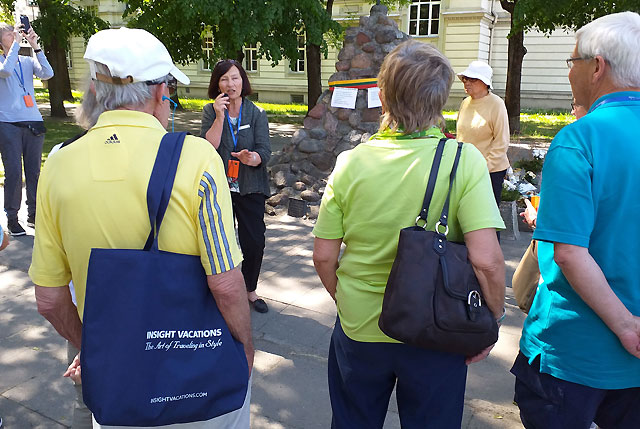
Amelia also mentioned how she was working for the Hotel Association inside Parliament, at the time independence was achieved. Following the unanimous vote, she recalled how they expected the phones at Parliament to be ringing off the hook, with well-wishers from governments the world over. “The phone did not ring. There were no immediate offers of assistance.” Just out of town, en-route to Trakai, we passed Paneriai Forest, the scene of unimaginable horror where the Nazis exterminated 100,000 people, including 70,000 Jews.
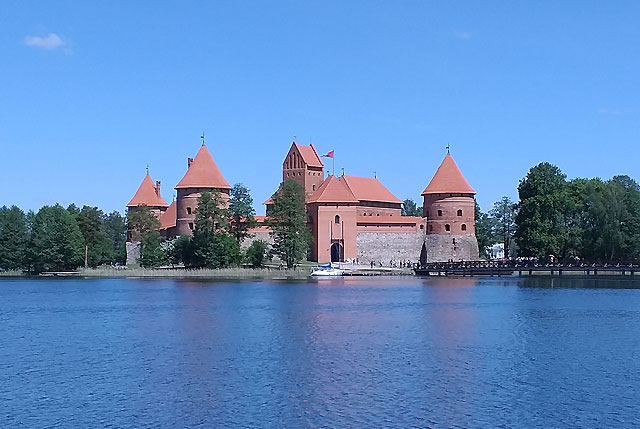
Our trip to the bucolic charms of Trakai was to savour the cradle of Lithuanian statehood, the legendary Trakai Island Castle. Framed in languid lake waters and thick forests, this photogenic setting is like dipping into a storybook, as you wander across the wooden bridge to the mighty medieval castle, picturesquely perched on an island in the middle of Lake Galvai. Built in 1400 by Lithuania’s Grand Duke to sure up his defences against crusading Teutonic Knights plaguing the Baltic region, this behemoth of coral-coloured stone later evolved from military bastion to residential place.
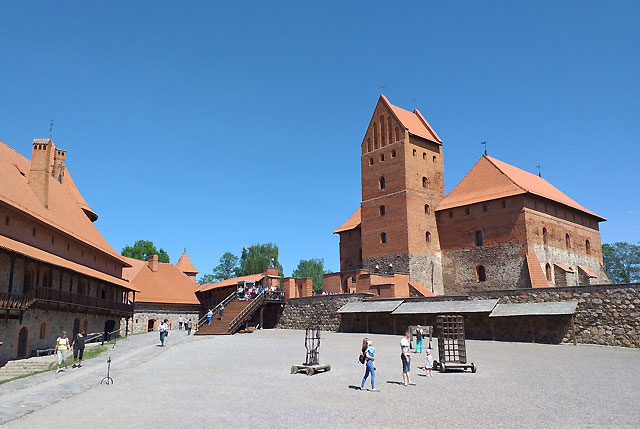
Stone foundations are topped with red brick towers in the French Gothic style and wooden balconies encircle every floor of the soaring palace. Attacked and besieged over the centuries, the Grand Duke decamped from Trakai when Lithuania joined Poland in the Commonwealth, in 1569. After WWII a major reconstruction project was commissioned, returning the castle to its rustic grandeur of the 15th century.
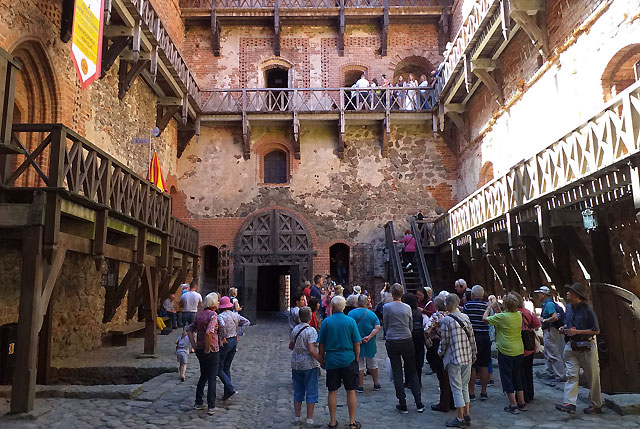
The surrounding town is button-cute, with brightly coloured wooden houses fronting immaculate streets, as leisure boats bob on the placid lake. The wooden houses were built by the Karaites, a tribe brought to Lithuania in the late 14th century as bodyguards to the Grand Duke of the time. Trakai is the place to sample a hot kibinai (sweet and savoury pastries.)
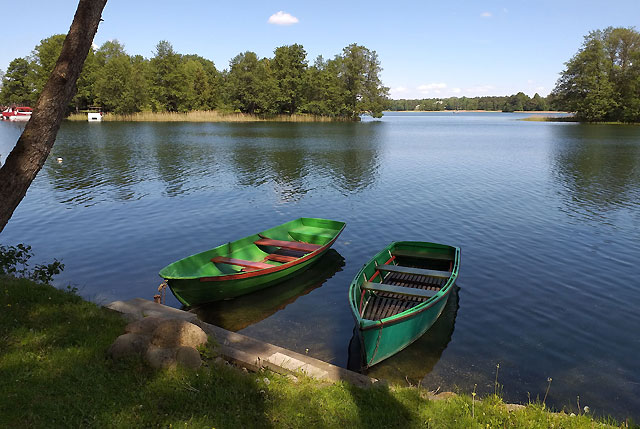
Similar to Cornish pasties, with flaky and soft pastry, they are stuffed with potato and mince meat. Delicious! Staking out the signature tastes is a star-feature of the Insight Vacations experience. I also fell in love with Zeppelins, also called Cepelinai. These delectable dumplings are made from grated and riced potatoes and stuffed with ground meat or dry curd cheese and mushrooms. Considered the national dish of Lithuania, they are so named because their shape resembles a Zeppelin airship. I dined like nobility devouring traditional dishes like authentic pigeon, stuffed quail and lamb’s leg, cold beetroot soup and potato sausages – all old recipes developed in the kitchens of Vilnius.
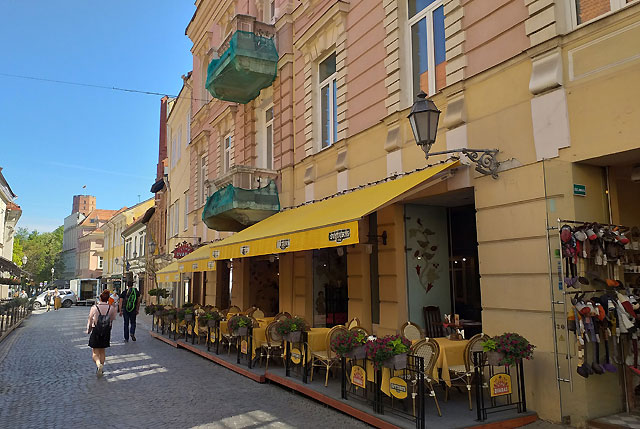
And be sure to have a glass of Lithuanian Mead, a time-honoured drink enjoyed by the Grand Dukes and considered the oldest alcoholic drink in the world. The Lithuanian Mead company holds the patent on the recipe for this unique drink whose roots can be traced back to Indian ancient text, 6000 years ago. The aromas will transport you to the meadows of Lithuania. It’s a big business here and mead production today is made from honey, hops, lime flowers, juniper berries and other vitamin C-containing additives, aged for at least 18 months. You can even enjoy a taster tipple at Vilnius Airport.
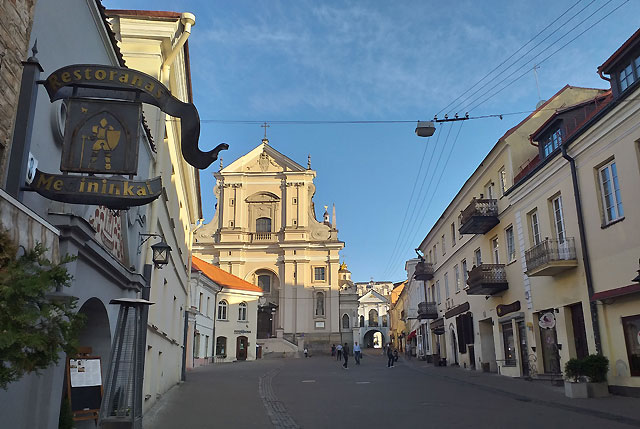
Insight Vacations’ 8 day Warsaw and the Baltic States premium guided holiday includes all the sights and insights, with opportunities to get up close and personal with Poland, Lithuania, Latvia and Estona. Now priced from $3025 per person, this stress-free journey includes a visit to the fortified 13th century island castle of Trakai and explorations of old towns with local experts such as at the famous Riga Central Market in Talinn. Save up to $1600 per person off your flights until 31 October, or save up to 10% until 18 December 2019 on your Europe 2020 holiday with Insight Vacations. Contact your own travel agent, 0800 568 769 or www.insightvacations.com

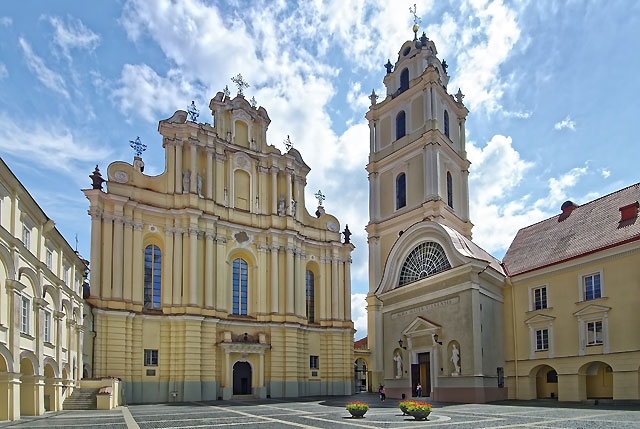
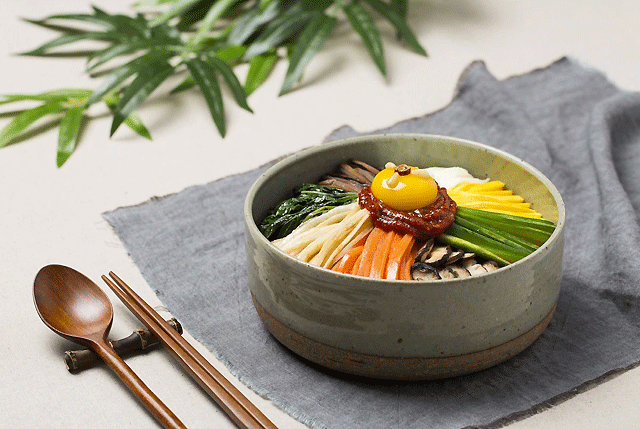
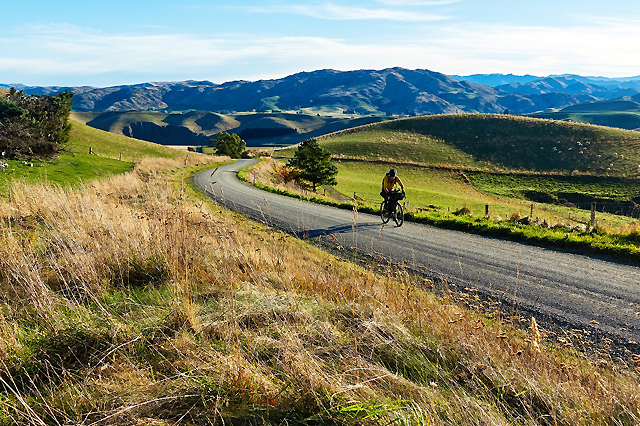
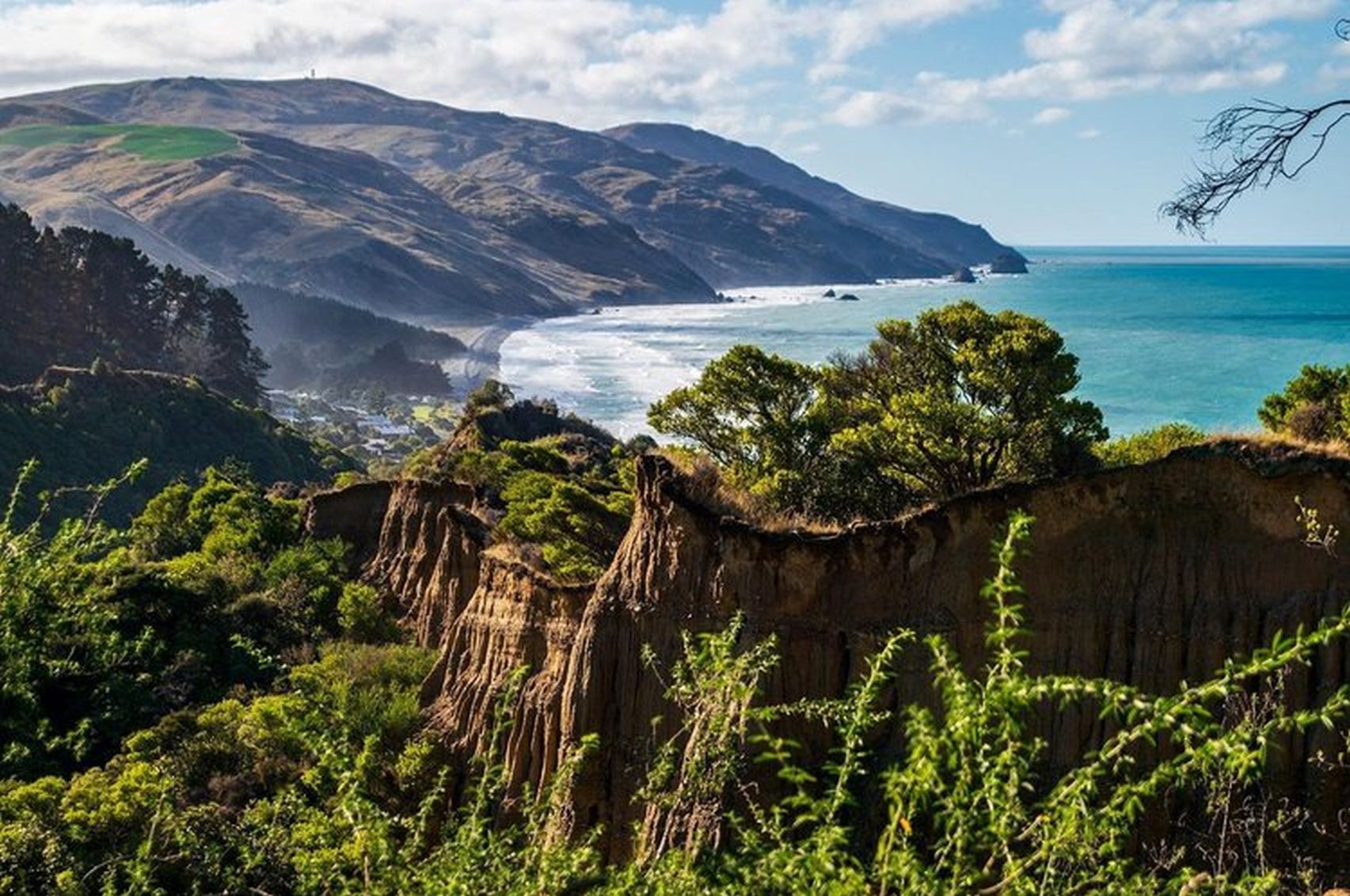
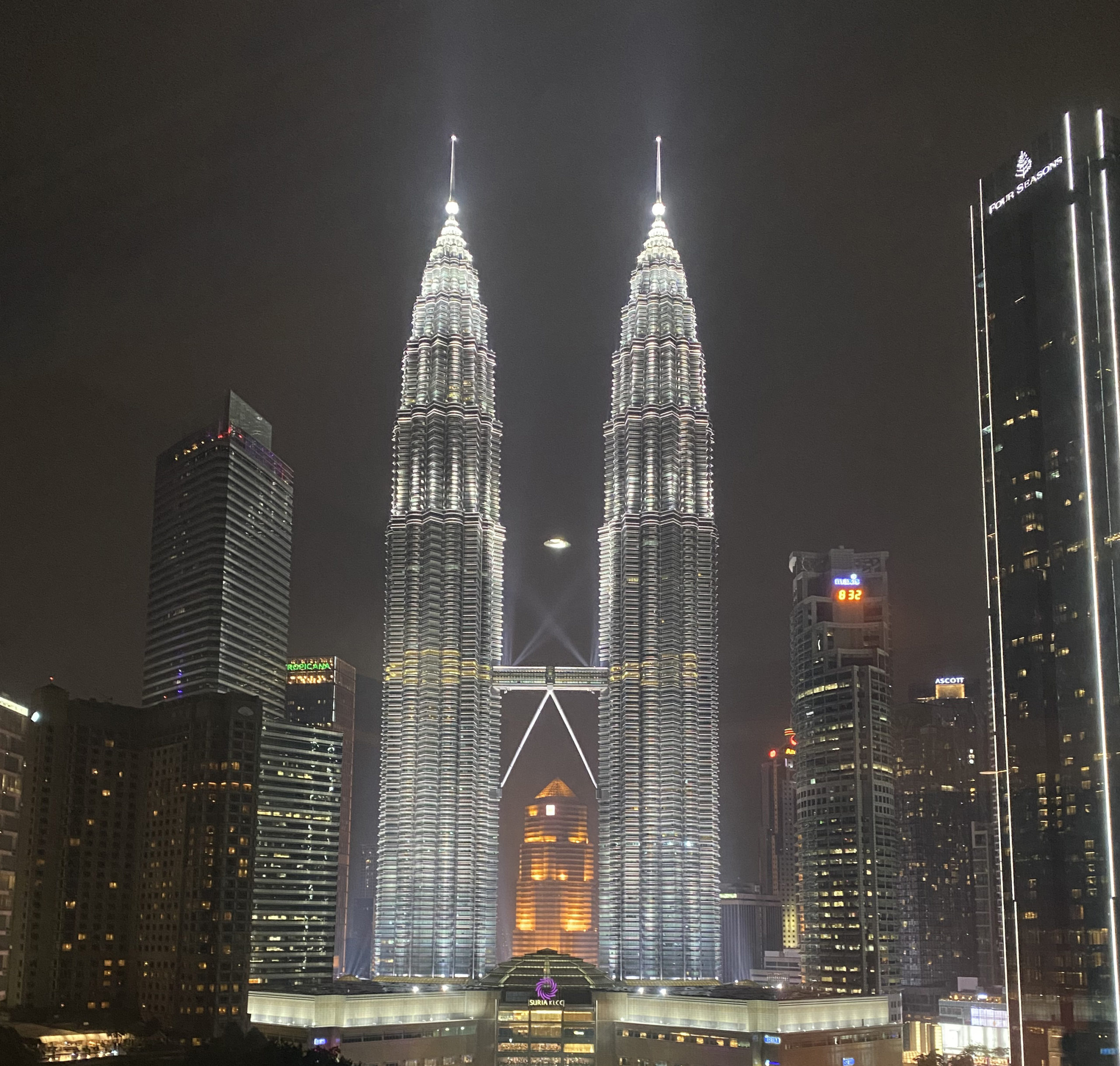


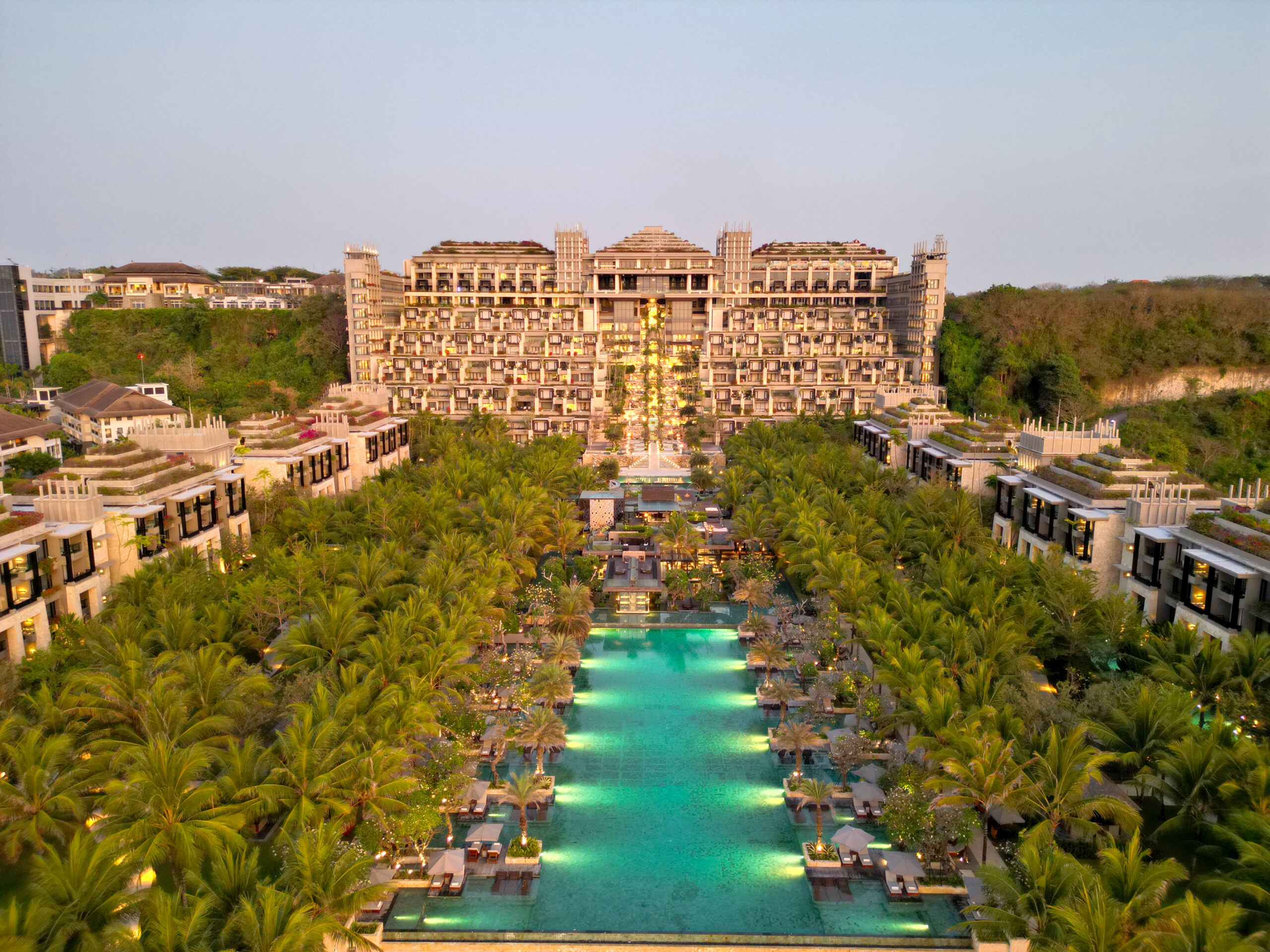




Recent Comments